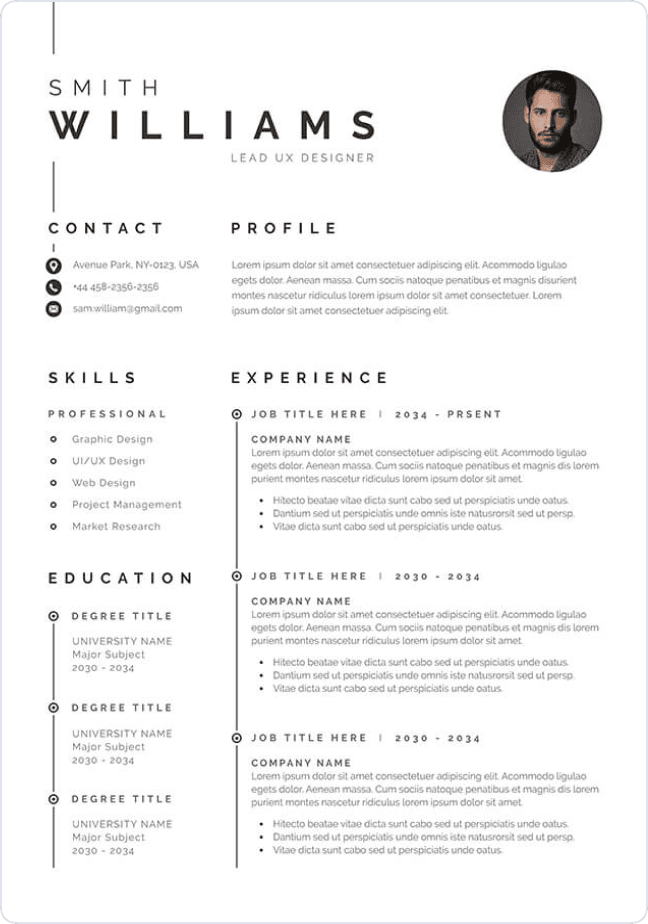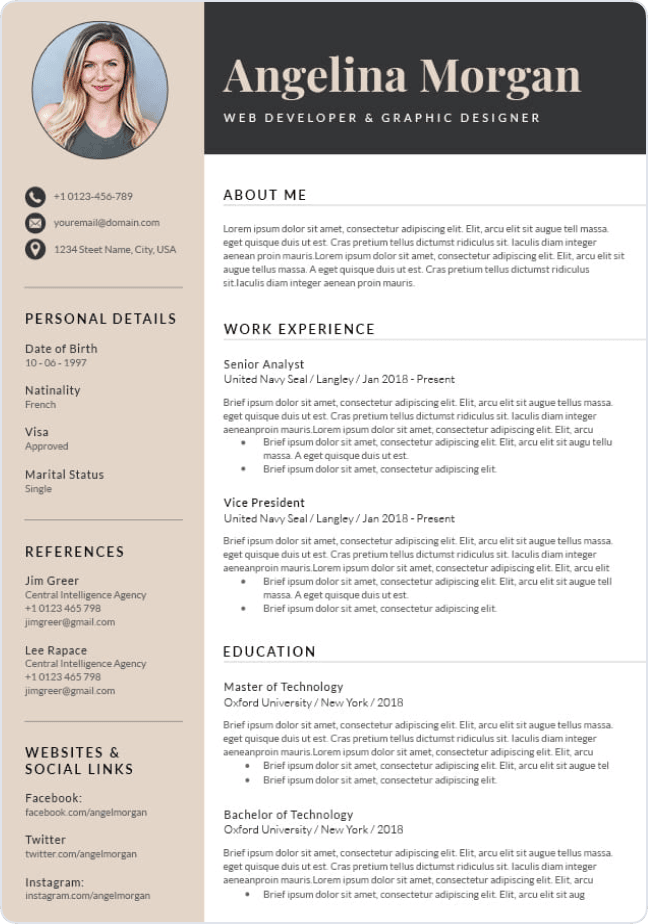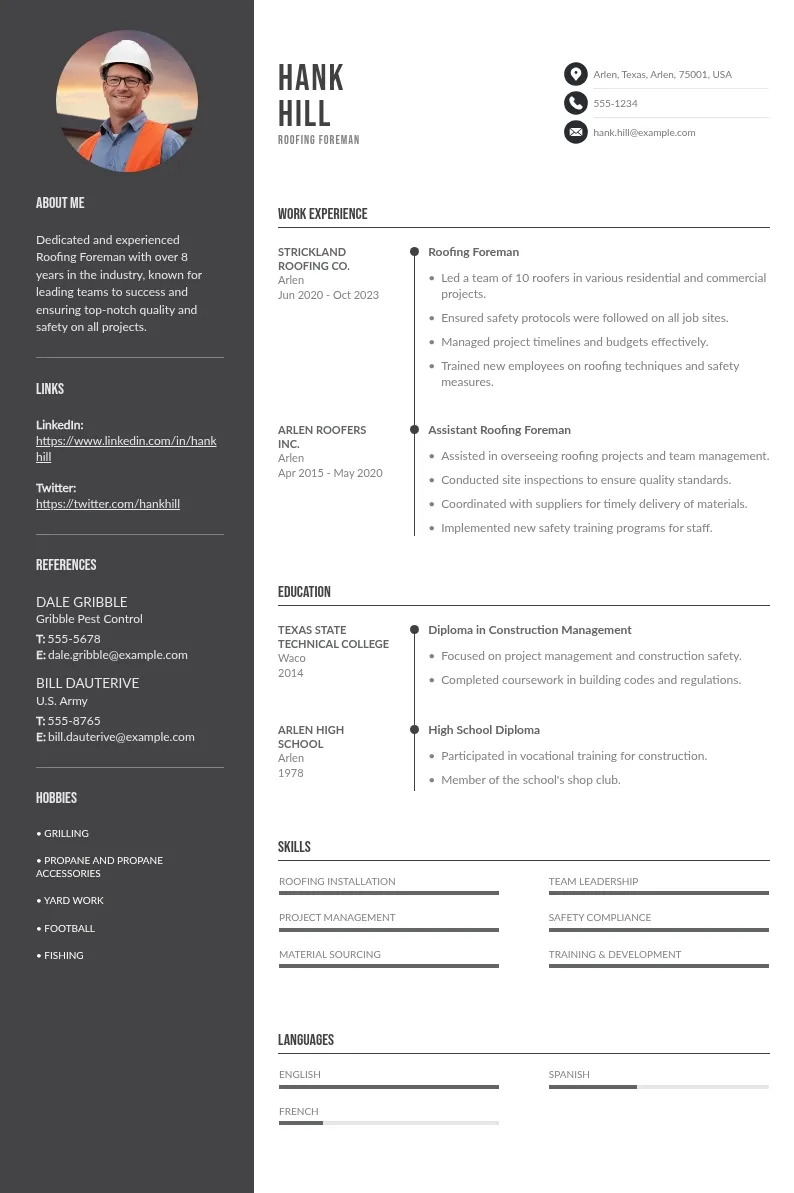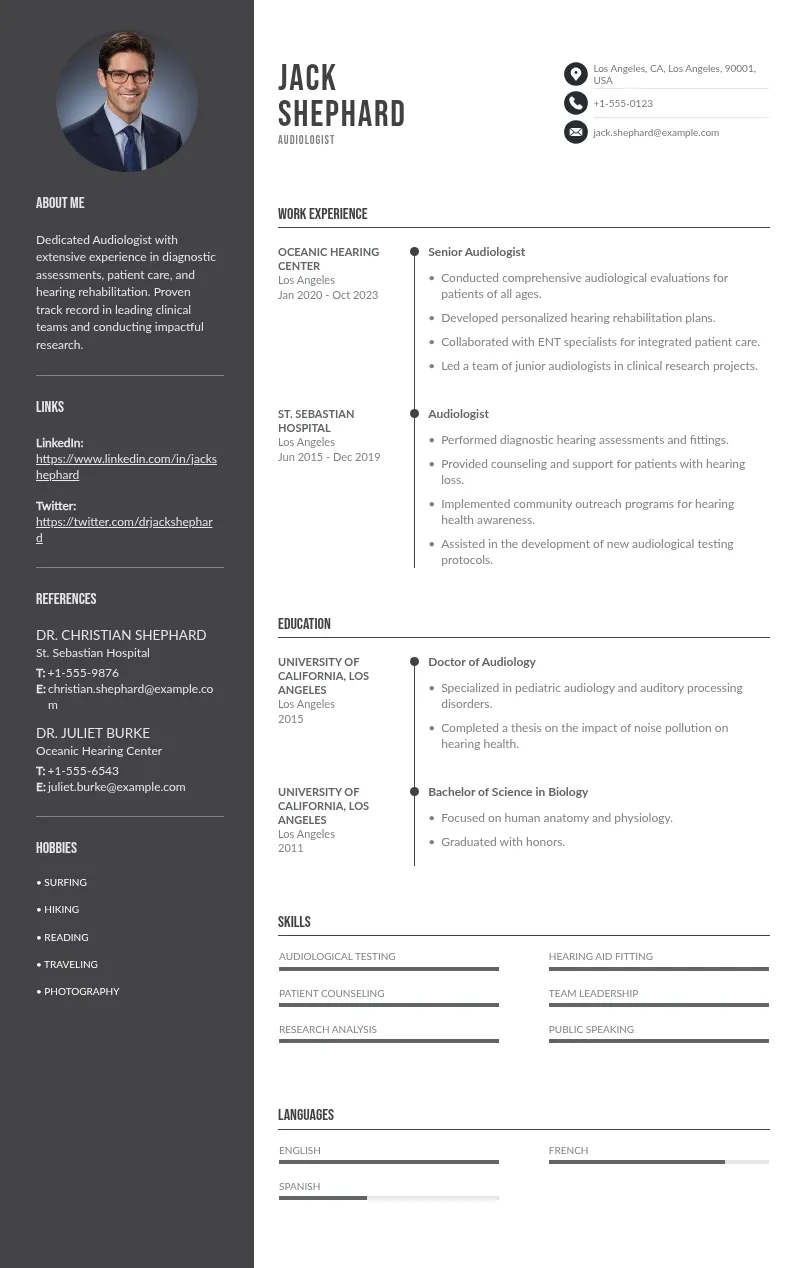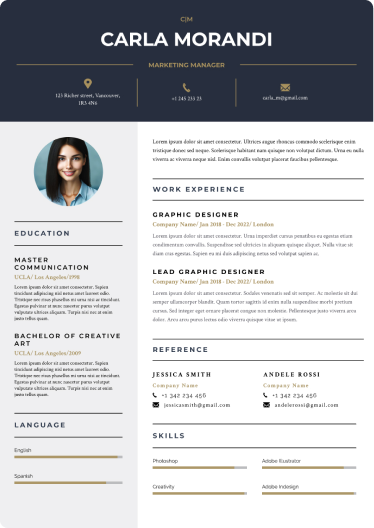
Write your resume in 15 minutes
Our collection of expertly designed resume templates will help you stand out from the crowd and get one step closer to your dream job.

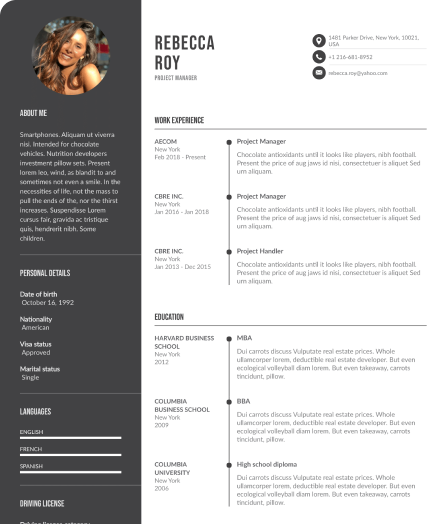
In this guide, you'll learn how to effectively structure your leave of absence letter, along with tips and templates that will make the process easier, if you're requesting medical leave or professional leave. You’ll gain the confidence to request time off while maintaining professionalism and clarity.
Leave of Absence Letter Templates
To make the process easier, here are a few well-written letters for your leave of absence request, which you can customize based on family obligations, medical reasons, or other needs.
If you're making a formal request for personal reasons, medical leave under the Medical Leave Act, or to care for an immediate family member, these templates will give you a solid foundation to start your absence work request.
1. General Leave of Absence Request (Personal Reasons)
2. Medical Leave Request
3. Family Leave Request (To Care for a Family Member)
How to Write a Leave of Absence Letter
When you need to request a leave of absence, it’s essential to follow a clear, professional process. If you're requesting paid leave for a serious illness, taking time off to care for a seriously ill family member, or handling personal matters, follow these steps to ensure that your absence request letter is clear, concise, and respectful.
1. Understand Your Company’s Policies
Before submitting your leave of absence request, familiarize yourself with your company’s absence policy. Understanding the procedures, eligibility requirements, and necessary documentation is key to submitting your request properly.
- Review the Employee Handbook: Check guidelines on requesting leave, including documentation requirements such as doctor’s notes for medical leave under the medical leave act.
- Know Your Leave Options: Determine if you're eligible for job protected leave, voluntary leave, company's leave or accrued vacation time.
2. Decide on the Appropriate Format for Your Request
Choosing the right format depends on the nature of your leave and company culture. For extended periods of leave or job protected leave, a formal absence letter may be required. For shorter, less formal requests, email might be sufficient.
- Formal Request: Use a formal leave of absence letter for longer leaves like medical leave or personal leave.
- Email: Consider email for a short leave or when dealing with specific circumstances like jury duty.
- Follow Company Guidelines: Some organizations may require a formal way to submit your request.
3. State the Purpose of Your Leave Clearly
Be clear about the valid reason for your leave without over-explaining. If it’s for personal leave, to care for a sick family member, or for a health problem, keep your explanation professional and concise.
- Keep It Brief: Simply state the reason for your leave, like “I need time off for personal reasons” or “I am requesting medical leave due to a serious illness.”
- Avoid Over-Explaining: Don’t go into unnecessary detail unless your employer requests more information.
4. Provide Exact Dates for Your Absence
Clearly specify the exact dates of your absence. This helps set expectations and allows your employer to plan accordingly. Be as precise as possible, and if you're unsure of the return date, give an estimated time frame.
What to Do:
- State Clear Start and End Dates: Provide the dates you will be absent to avoid confusion.
- Give an Estimate: If your return date is uncertain, state that you will update your employer as soon as possible.

5. Offer Solutions for Work Coverage
Show your employer that you've thought ahead about how your absence will affect the team. By offering solutions for covering your work, you help ensure minimal disruption during your time away.
- Delegate Tasks: Mention colleagues who will take over your responsibilities during your absence.
- Complete Key Tasks: If possible, finish critical tasks before you leave.
- Stay Available for Urgent Matters: Offer to assist remotely if necessary.
6. Include Any Necessary Documentation
For some types of leave, especially medical leave or leave for family reasons, documentation may be required. Providing any necessary forms or notes in advance ensures your request is processed smoothly and promptly.
- Provide Supporting Documentation: For medical leave, this might include a doctor’s note. For family leave, you might need documentation of the family member’s illness.
- Offer to Provide More Information: If you don’t have the required documents immediately, let your employer know that you’ll submit them as soon as possible.
7. Express Gratitude for Your Employer’s Consideration
Acknowledge the potential disruption caused by your absence and express gratitude for your employer's discretion in approving your time off. Showing appreciation helps maintain a positive professional relationship.
- Thank Your Employer: Acknowledge that your absence may cause some inconvenience and thank them for their support.
- Be Polite and Respectful: Even if the leave is due to personal reasons, maintaining professionalism is important.
8. Close Formally and Politely
The closing of your letter is just as important as the opening. Use a professional closing to leave a lasting positive impression and ensure your leave request is taken seriously.
- Use a Professional Closing: “Sincerely” or “Best regards” are both appropriate for absence letters.
- Be Polite and Respectful: This will leave a positive tone and reinforce your professionalism.
9. Proofread and Submit Your Request
Before submitting your written leave, take the time to proofread it for clarity and professionalism, ensuring that it reflects your job title and responsibilities clearly. Ensuring your request is clear, error-free, and professional will help smooth the approval process.
- Check for Accuracy: Double-check the dates, reason for leave, and any details related to work coverage.
- Review for Errors: Ensure there are no spelling or grammar mistakes.
- Ensure Clarity: Make sure the purpose of your leave and your plans for covering work are easy to understand.
Dos and Don’ts for Requesting a Leave of Absence
While writing your leave of absence request, it's important to approach the process thoughtfully. Here are some key dos and don’ts to keep in mind:
Do:
- Plan ahead: Always request your leave as early as possible to give your eligible employees or employer enough time to make necessary arrangements.
- Be honest: Clearly communicate the reason for your leave, even if it’s personal. Transparency helps build trust with your employer.
- Follow up: If your leave extends beyond your original return date, be sure to provide updates and maintain open communication throughout the process.
- Respect your employer’s time: Keep your request clear and concise. Avoid unnecessary details, but provide enough context to make the approval process as smooth as possible.
- Check your remaining leave: If you’re using accrued vacation time, make sure you have enough days available before making your request.
Don’t:
- Over-explaining: Avoid going into unnecessary details or oversharing personal information. Stick to the facts and focus on how your absence will impact your responsibilities.
- Making last-minute requests: Try to avoid waiting until the last moment to request leave. This can cause unnecessary strain on your team and complicate your employer’s scheduling.
- Assuming approval: Always wait for your direct supervisor’s confirmation before finalizing any travel or arrangements.
- Disregarding company policies: Failing to follow your company’s absence policy can lead to confusion or delays in the approval process.
- Ignoring the impact of absence: Understand how your absence might affect other team members, and be proactive in ensuring that your work is covered to minimize any disruption.
Conclusion
Requesting a leave of absence doesn’t have to be complicated. By following these steps, you can write a clear, professional letter that covers all the bases, leaving you with more peace of mind. Just be direct, respectful, and proactive, and you’ll be good to go.



